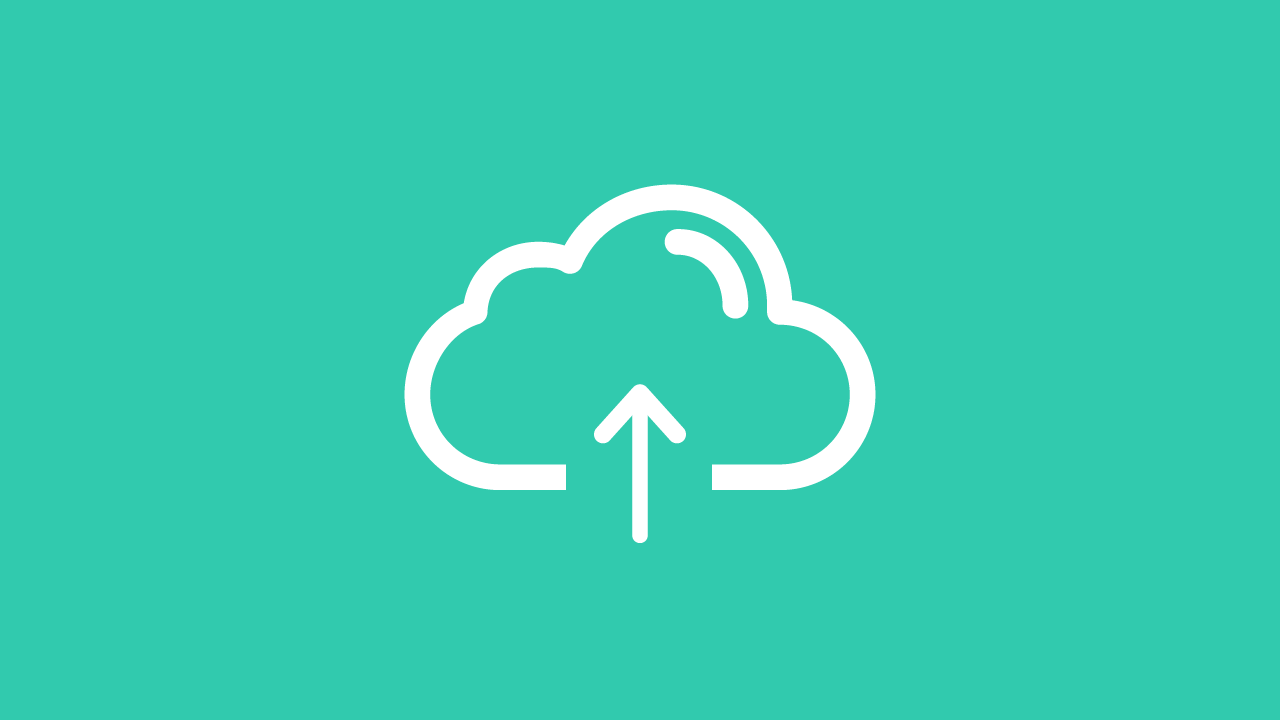How To Become A Software Developer in 2023 — The New Reality of Technology

Miguel, Luis, Software Engineer, Flatiron Software
Today, the world is obsessed with technology. The rate of technological change has increased at an unprecedented pace in history and will continue to accelerate in the coming years. Admittedly, it’s a bit scary to think about what tomorrow will bring: AI and digitization are already changing everything from travel to education to healthcare. If you’re serious about building a career in software development, you need to be ahead of the curve. That’s why reading this article is so important. It highlights five key trends that will power the software developer role into the next decade.
The rapid growth of the software industry, especially in the U.S. and Europe
Even though the number of software developers is expected to grow at a slow pace over the next decade, the industry’s rapid growth and the increasing importance of technology in our daily lives mean that the job market for software developers is also expected to be tight. In fact, the highest forecast for job openings among software developers is for jobs in the industry’s leading nations of the European Union (U.K., France, Germany, and Sweden) — all countries with large upcoming software development growth.
Consolidation of platform-level skills
The next big trend in software development is the increasing importance of platforms and the skills required to build and operate them. This trend is already evident in the growing popularity of containers, Open Source software, and GPU-accelerated computing. In the next decade, new software development methodologies and tools are expected to become more common in order to facilitate this trend.
Rise of the machine learning expert
Machine learning is a rapidly growing field that uses computers to learn by analyzing vast amounts of data. This field promises a plethora of new opportunities for businesses, including smarter IoT devices, automated ad serving, and more beneficial uses of AI in business-critical systems. Remote working is becoming more popular, and companies are increasingly using AI to automate repetitive tasks within a staff member.
Virtual and Augmented Reality (VR) is Here to Change The World
VR and AR are enabling new skills for developers: VR allows for an “inside” view of the world that lets you “see” what it’s like to work inside a company or at a particular location. AR, on the other hand, lets you “see” the outside world from the inside out, letting you look at places from a unique perspective. Both VR and AR are appealing to computer science students, who can now study architecture, interior design, or other real-world subjects through VR or AR. These technologies are also being used to train physicians and other healthcare professionals to “see” inside the body and see diseases and symptoms.

Cloud Computing is Changing Everything
Cloud computing is a business-class model that provides easy, low-cost access to distributed databases, processing power, and storage through an array of server instances running on a private cloud. This model is appealing to businesses because it offloads cost and complexity from the equation and lets companies focus on growing their business. The model allows companies to experiment with new software development methodologies and tools, learn from the results, and implement innovations in their own data centers. Companies are increasingly looking to the cloud for cheap and efficient access to computing power. This trend is expected to continue, as companies realize the benefits of moving critical business functions — such as business analytics, financial modeling, and customer intelligence — to the cloud.
Dependency-Driven Software Development is the Future
The future of software development does not seem to be determined by big, legacy, legacy codebases. New technologies, like AI and VR, mean that developing apps is not only possible but also efficient and attractive. This trend is driven by the increasing importance of enabling “as little friction as possible” as developers reduce time to market and costs. In order to enjoy the full benefits of AI and VR, companies need to adopt dependency-driven development practices. The most significant change in dependency-driven development is the rise of service-oriented architecture (SOA). Like the cloud computing model, an SOA provides a centralized location for distributed applications. However, whereas the cloud model assumes some level of collaboration among applications, an SOA model drives collaboration between applications as a whole. This helps to eliminate codebases and maintainability issues that can arise when developing distributed software.
Summary
The software development industry is experiencing rapid growth, and the number of software developers is expected to grow at a higher rate than ever before. These trends will power the software developer role into the next decade and will be reflected in the skills required of developers.
This article was originally published on Medium